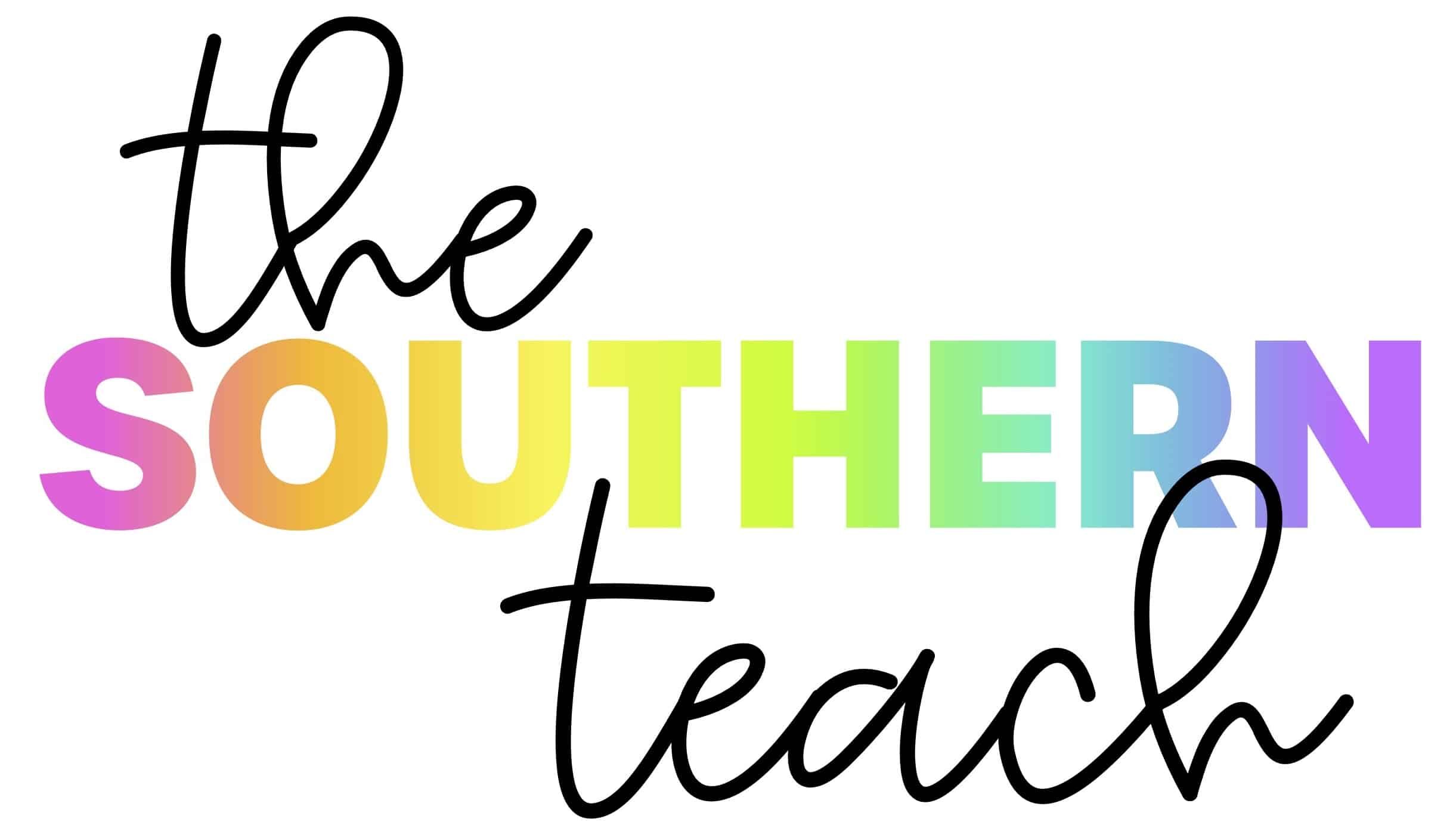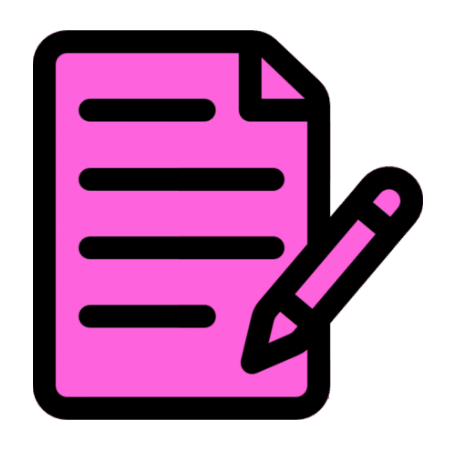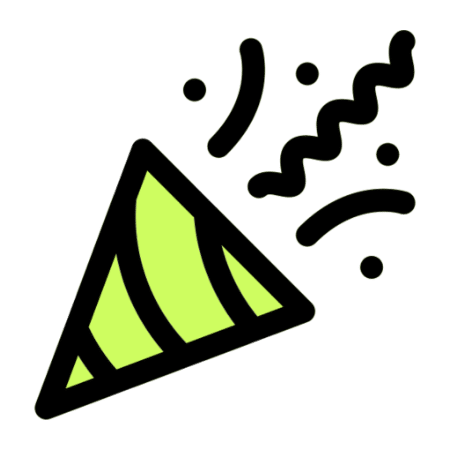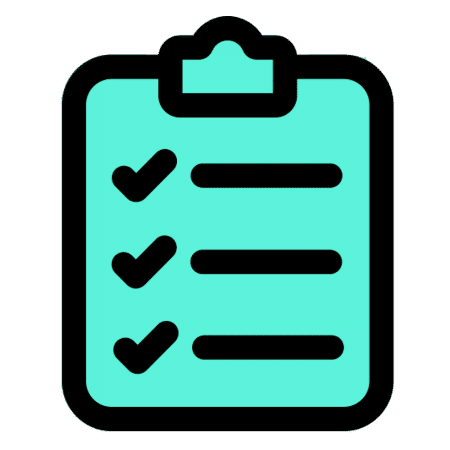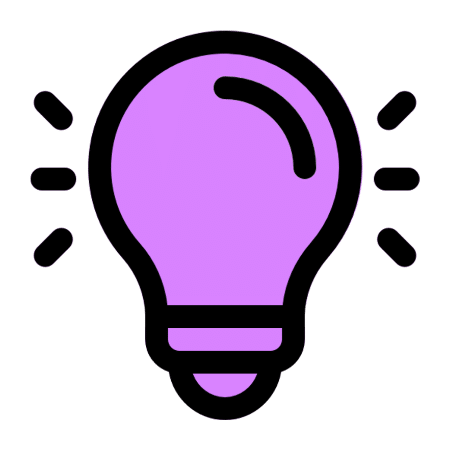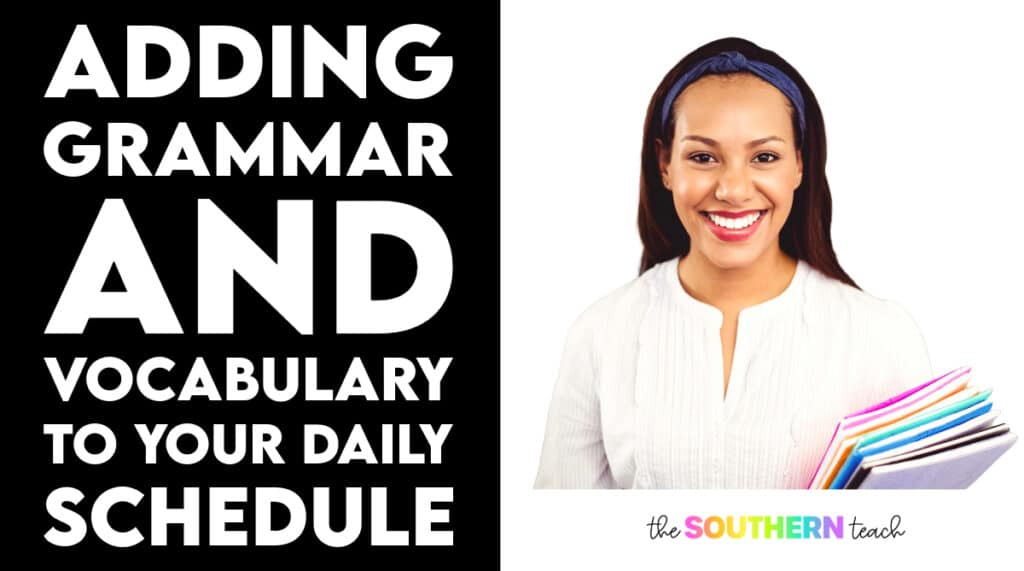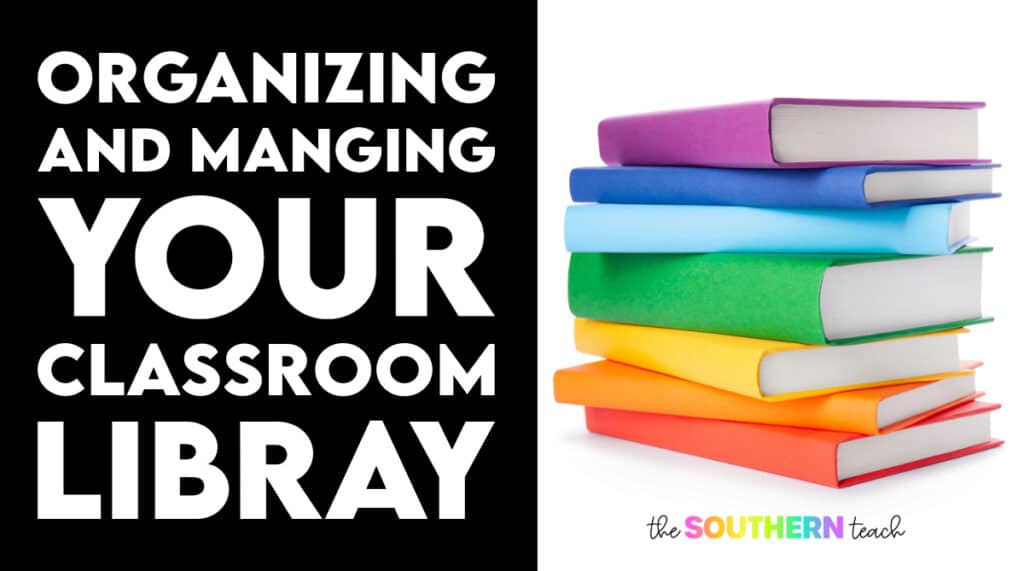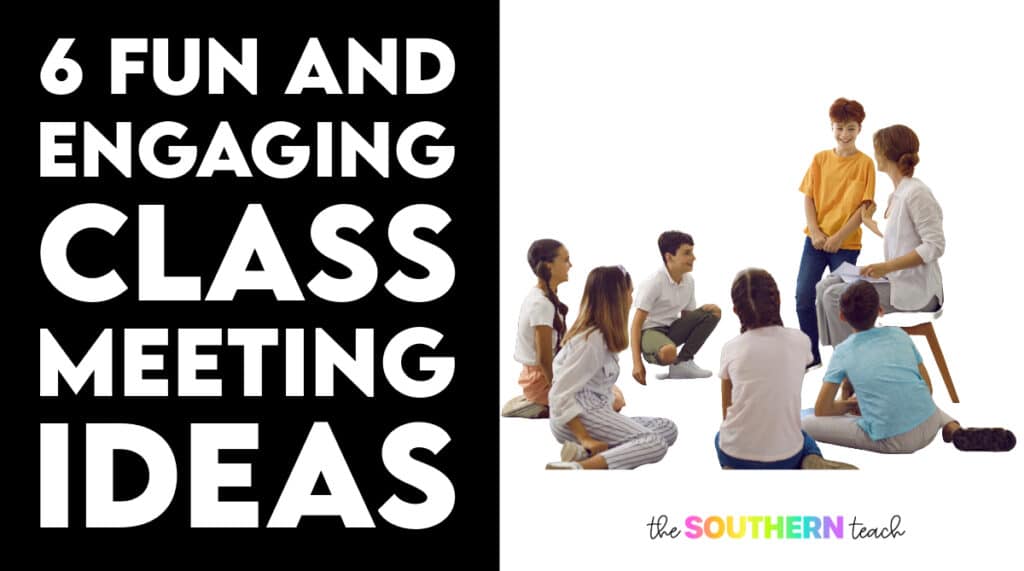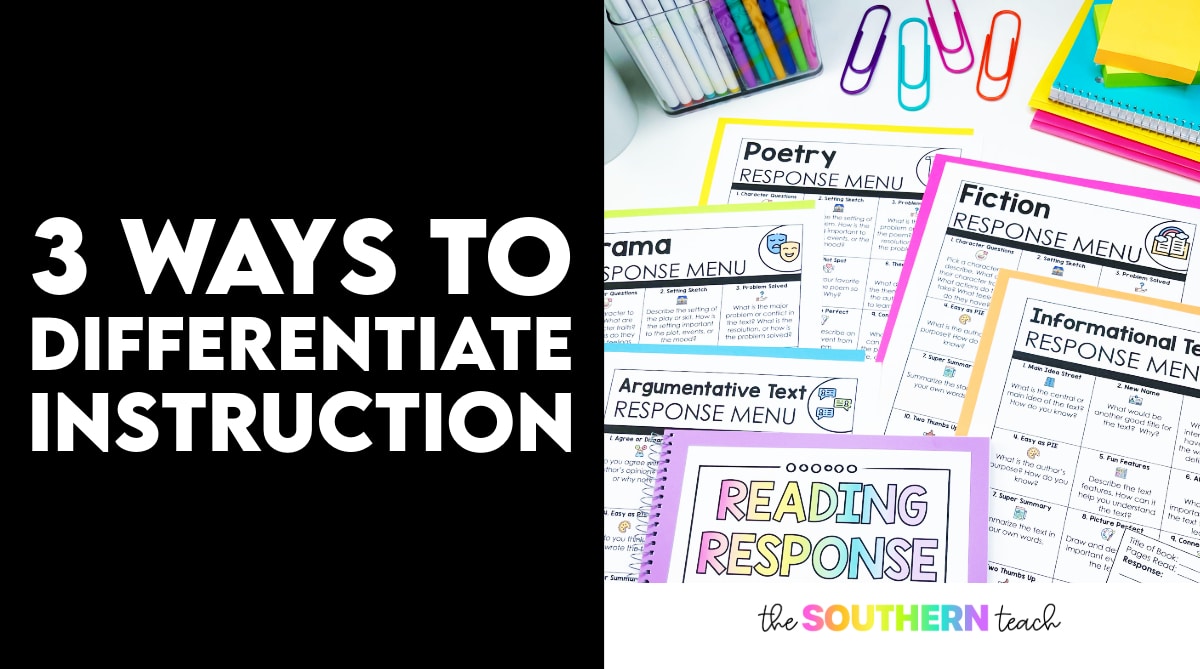
3 Simple Ways to Differentiate Instruction
By Kirsten Hammond
Share This Post:
As teachers, we are asked to differentiate our lessons and activities for our students. But, believe it or not, differentiation truly does make a difference.
What is differentiation?
Differentiation is when a teacher tailors instruction to a student’s needs based on their readiness, interests, and learning profile.
There are 4 ways to differentiate – through content, process, product, and learning environment.
Even still, differentiation can be easy – if you let it! I’ll be sharing with you 3 ways to differentiate in your upper elementary classroom. You can utilize these strategies to accommodate learning styles in your classroom.
What are some easy ways to differentiate?
Differentiation can be a challenging task for teachers, especially when teaching upper elementary students who often have different learning needs.
However, there are some easy ways to differentiate in the classroom. One way is to provide students with choices.
1. Hands-On Activities
Give students the ability to get hands-on with their learning! This is perfect for whole group, stations, review, or as an extension activity. It engages students and motivates them to learn the topic, increases retention of content (especially the visual and kinesthetic learners)!
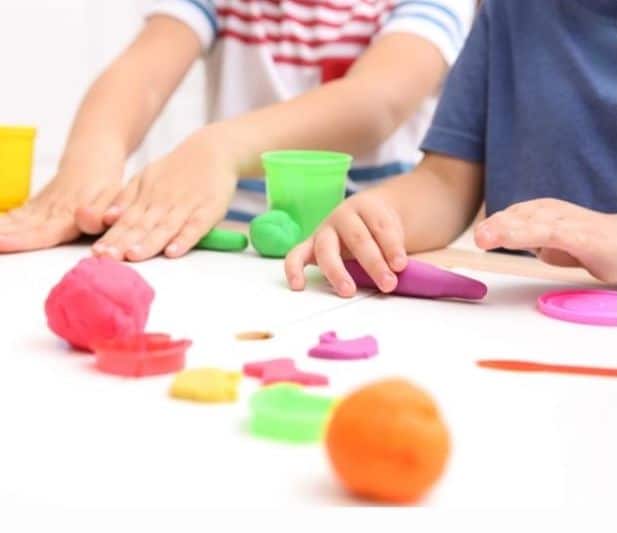
2. Include Multiple Directions
Make sure to explain directions for assignments using a variety of modalities.
Display directions on the board, include spoken directions, demonstrate how students are to complete the assignment, and even have students model examples and non-examples of how to complete the task.
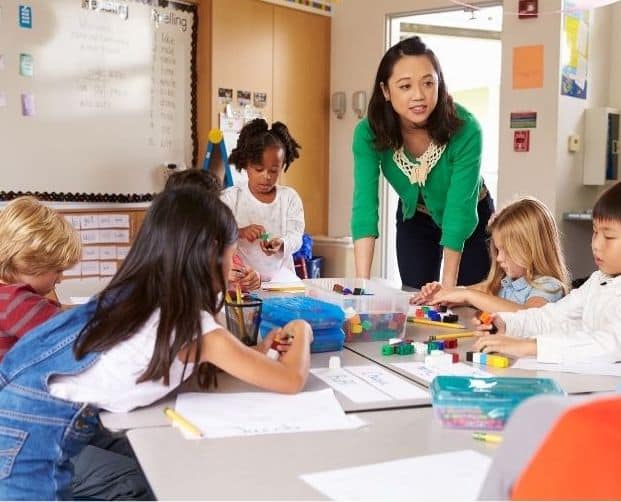
3. Flexible Grouping
Flexible groups is perfect for stations, centers, or projects. You can group students based on readiness and understanding of content, student interests, or learning styles.
You can also have students select groups or you as the teacher can select the groups.
Additionally, you can make it purposeful and pair certain peers together or make it completely random with popsicle sticks (with their name and number on the stick)!

Differentiation can be fun for your students in Grades 3-5! It doesn’t have to be overwhelming or tedious.
With just a few simple steps, you can create an environment that is tailored to every student’s individual needs.
Hands on learning, multiple directions, and flexible grouping are all great steps to take in order to maximize student engagement and progress.
Don’t try to do it all at once, start by focusing on one area and build from there!
If you need more guidance, you should sign up for the free differentiation training that I offer for teacher. You will learn more about how to differentiate instruction and make your classroom thrive.
If you want to learn 4 more strategies to differentiating instruction, sign up below for the free video training to be sent straight to your inbox!
kirsten hammond
Kirsten is a former 3rd and 5th grade teacher who loves helping upper elementary teachers by creating resources and sharing ideas that are engaging, research-based, and TEKS-aligned. She is a work-from-home mama of 3 rambunctious little ones and loves running, true crime, and lots of coffee.
